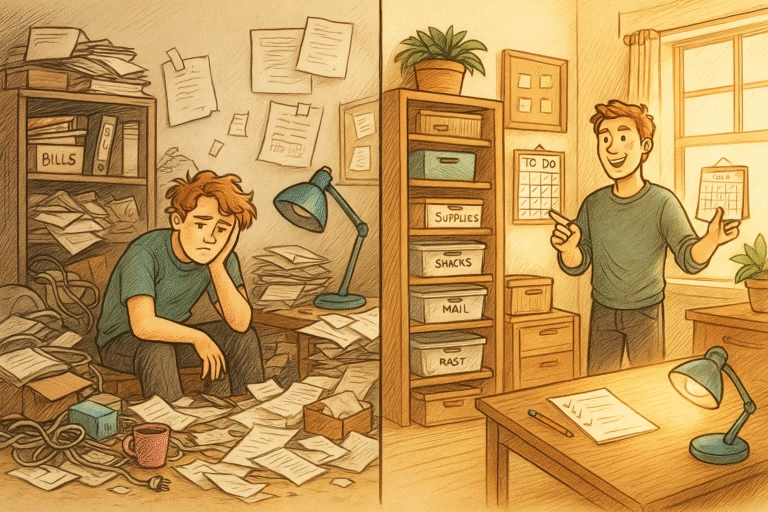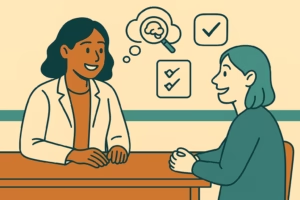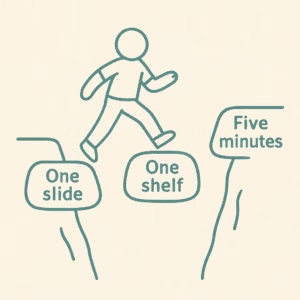For many neurodivergent adults, disorganisation isn’t just a messy desk or a full inbox—it’s a daily roadblock. The external clutter we see in our spaces often mirrors the mental clutter inside: half-finished ideas, missed appointments, and that persistent feeling of being behind. Organisation is a core executive function, and when it’s out of sync, so is everything else.
The Link Between Organisation and Emotional Wellbeing
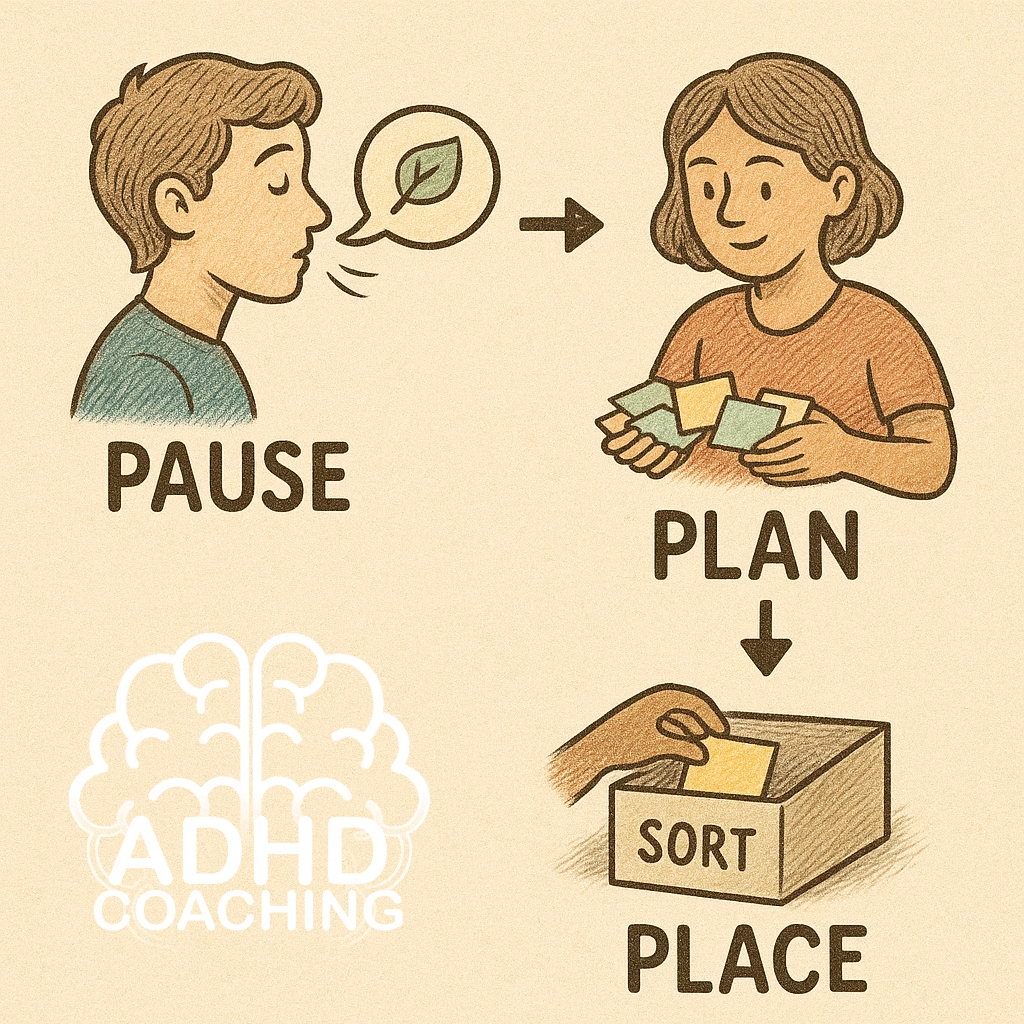
Living or working in a disorganised environment can trigger anxiety, reduce motivation, and create a constant sense of overwhelm. For people with ADHD or other executive function challenges, clutter isn’t simply an aesthetic issue—it affects how we think, feel, and function. That pile of paperwork isn’t just paper; it’s a loop of “I should’ve…” and “I can’t face this.”
In fact, studies show that cluttered environments can lead to increased cortisol levels (the stress hormone) and lower satisfaction with life—especially for women and caregivers who are juggling multiple roles.¹
Why Is Organisation So Hard?
Neurodivergent brains often struggle with working memory, sustained attention, and task initiation—all essential for organising systems and sticking to them. Add time blindness or emotional dysregulation to the mix, and suddenly a five-minute tidying task feels like climbing Everest.
You may find yourself:
- Constantly misplacing items you just had
- Procrastinating tasks that require “just a bit” of setup
- Feeling paralysed by visual or mental clutter
- Getting stuck on the idea of doing it perfectly, or not at all
Small Steps Toward Order That Actually Work
Forget the Pinterest-perfect aesthetic. The goal isn’t perfection; it’s functionality. The following steps are ADHD-friendly, flexible, and actually doable.
Start with a Landing Zone
Designate a specific place for keys, wallet, or phone. Keep it small, visible, and close to the exit. Habits form best when the environment supports them.
Contain, Don’t Hide
Use clear bins or labelled boxes to corral categories: “chargers,” “snacks,” “urgent.” If you can’t see it, you’ll forget it. Avoid opaque boxes that turn into clutter tombs.
Use Timers + Anchoring
Pair tidying with another habit you already do, like brushing your teeth or making coffee. Set a timer for 5–10 minutes and stop when it goes off. The goal is consistency, not burnout.
Externalise Your System
Use visual to-do boards (like whiteboards or sticky notes), or digital apps like Notion, Trello, or TickTick. Choose what works for your brain—and stick with it.
Body Doubling
Struggling to begin? Use the body-doubling method: work alongside someone else, either in-person or virtually. The presence of another person can help kickstart your focus.
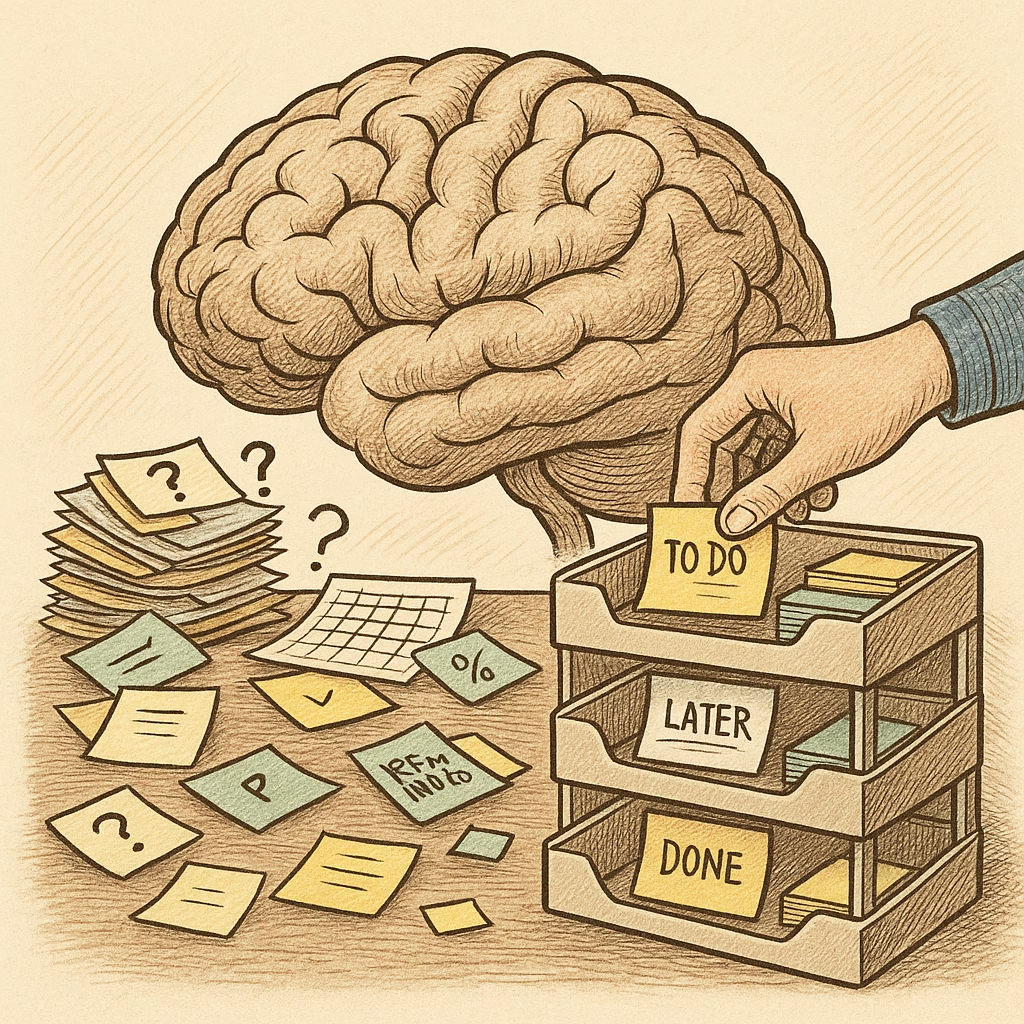
When Organisation Boosts Confidence
Getting organised as a neurodivergent adult isn’t just about clean spaces. It’s about reclaiming agency. Every small win—a clear drawer, a labelled basket, a visible planner—is proof that your brain can create structure, even if it looks different from someone else’s.
You don’t need a perfect home. You need a supportive system that works with your mind, not against it.

